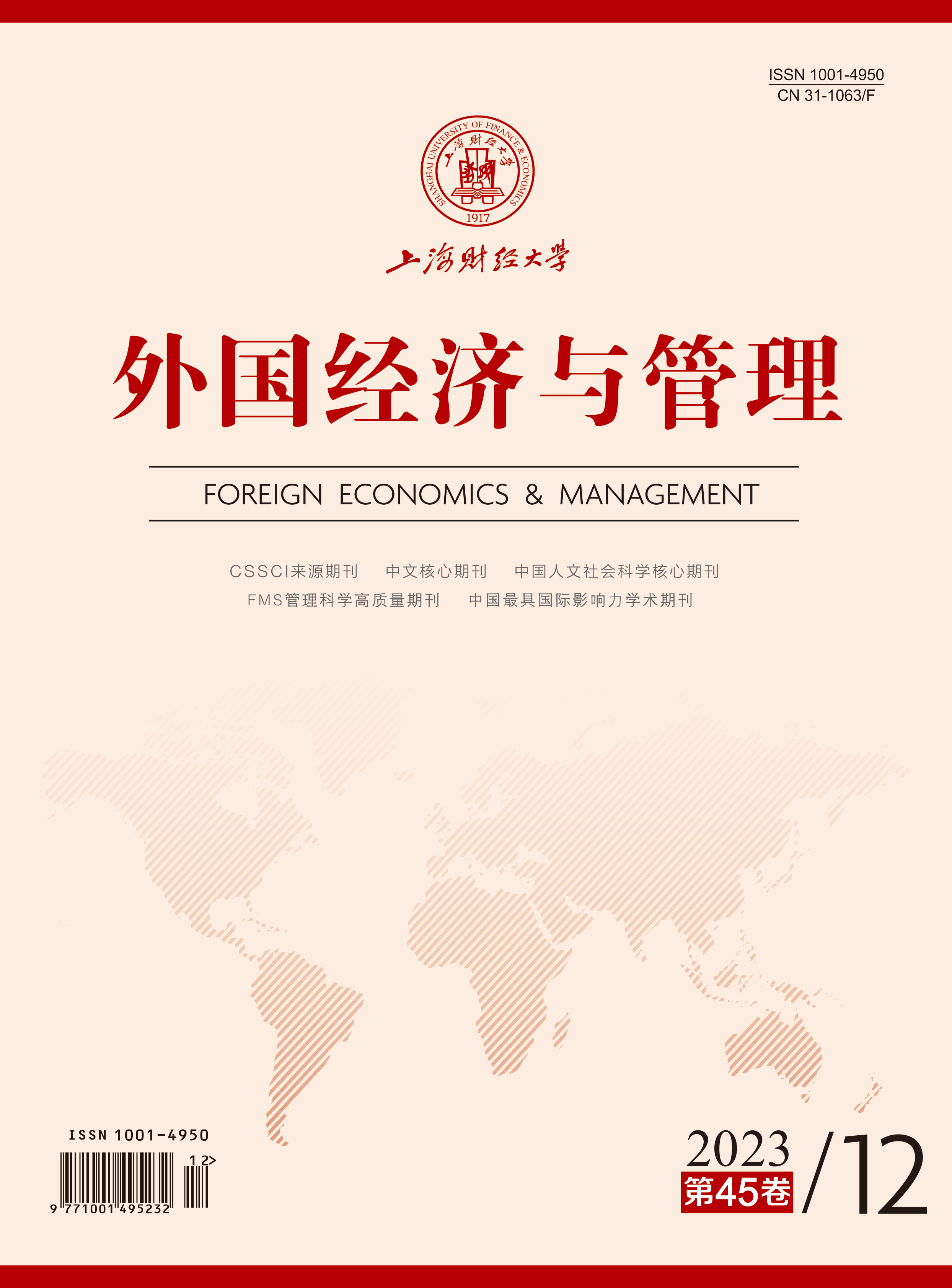How to mitigate the negative consequences of tactile disorders in online retail is a common problem in the field of e-commerce. Tactile cues can better induce consumers to produce a tactile empathy effect. This effect has great potential in the realization of tactile compensation for consumers, but few studies have focused on exploring it in depth. In view of this, based on the theory of tactile empathy in the field of psychology and combined with the fluency perception theory, this paper explores the impact of the interactive effect of tactile cues and product types on consumer purchase intention, and further explores the mediating mechanism of psychological simulation.
This paper uses the real e-commerce data and scenario simulation experiment to carry out research. In the first study, 13,736 pieces of data from real online shopping platforms were analyzed, and the empirical result showed that the main effect of tactile cues on consumer purchase behavior was significant. Study 2 was a two-factor experiment design between subjects: 3 (tactile cues: hand vs. object vs. control) ×2 (product types: tactile experiential product: blanket vs. tactile functional product: silicone massage ball), and the result again showed that the main effect was significant, and tactile cues and product types had an interactive effect to promote consumer purchase intention. Study 3 was also a two-factor interstudy design: 2 (tactile cues: hand vs. object) ×2 (product types: tactile experiential product: coral velvet pajama vs. tactile functional product: dumbbell), and the result showed that psychological simulation is the mediating mechanism of the interaction between tactile cues and product types on consumer purchase intention.
This paper finds that: Tactile cues in online product display images can indeed produce a tactile empathy effect, which conveys tactile property information to consumers and leads to consumers’ active purchase intention. Specifically, in the display images of tactile experiential products, the use of hand cues can lead to consumers’ positive purchase intention, and process simulation plays a mediating role in this process. In the display images of tacile functional products, the use of object cues can lead to consumers’ positive purchase intention, and result simulation plays a mediating role in this process.
The main contributions of this paper are as follows: First, based on the perspective of fluency perception, it extends tactile empathy to the field of marketing and enriches the research on online consumers’ tactile compensation. Second, it further explores the dominant effects of tactile compensation on different types of tactile cues in different product situations, which to some extent makes up for the gap in the existing empirical research on tactile cues. Third, it explores the pre-influencing factors that induce consumers’ psychological simulation, and further promotes the research on psychological simulation in the online product tactile field.
The findings not only enrich the research on compensation strategies for untouchable online products, but also provide management insights for e-commerce enterprises to improve the effectiveness of online product display and implement online sensory marketing strategies.





 4523
4523  4175
4175

